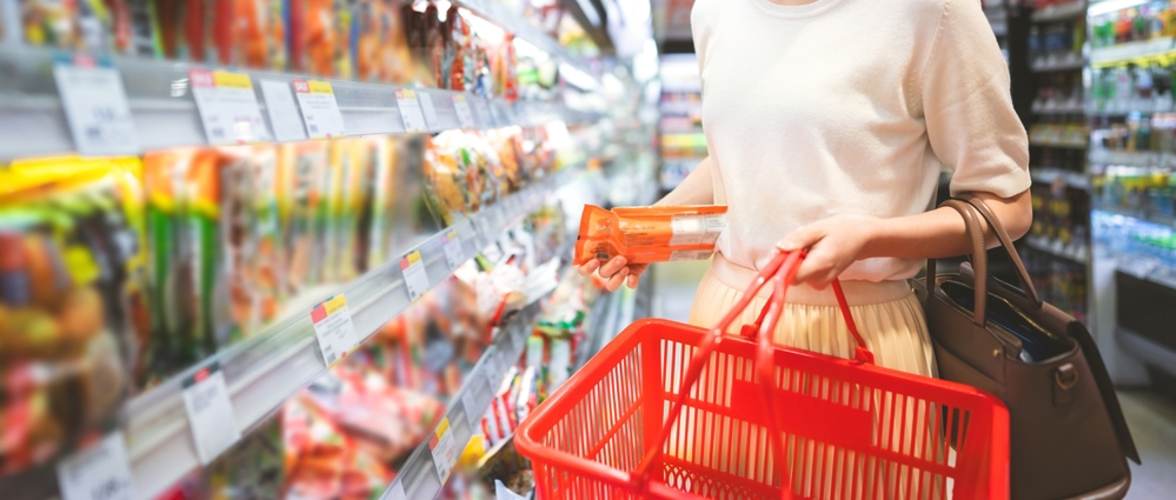The Supermarkets and Grocery Stores industry in Australia has flourished over the past five years. Disposable incomes have increased, encouraging Australian consumers to spend generously on groceries. The industry’s revenue has grown at an annualised 2.4% over the five years through 2021-22, to total $123.9 billion. The effects of the COVID-19 pandemic, particularly restaurant and café closures over most of the past three years, have compelled Australians to increasingly turn to supermarkets. As a result, the industry’s existing staple status has become more pronounced.
Pandemic aided growth
Supermarkets and Grocery Stores in Australia have benefitted from the COVID-19 pandemic on many levels. With many eateries facing restrictions and closures over the course of the pandemic, Australian consumers shifted their demand from eating out to grocery shopping. As a result, Restaurants in Australia have faced declining demand conditions over the past three years, as food-service businesses were limited to takeaway during lockdown periods. In response to the pandemic and rising demand, several supermarkets began to offer online grocery shopping services with click-and-collect and home delivery options.
Disposable income is a key influence on industry demand, and has been rising over the past five years. When disposable incomes increase, people tend to prefer to eat out over grocery shopping and cooking at home. However, with restaurants closed for dine-in services, growing disposable incomes redirected demand towards supermarkets. Social assistance payments offered by the Federal and State governments during the pandemic, such as JobKeeper and JobSeeker, further increased disposable incomes for lower income households. This increase has also driven growth in the industry. Additionally, panic buying of essentials such as toilet paper further increased industry revenue.

Strategy Shift
Supermarkets have revamped their pricing and marketing strategies over the past five years to boost profitability. Some of these shifts include:
- Reduced price-based competition
- Online shopping provisions
- Loyalty programs
- Emphasis on data and consumer insights
- Increased range of private-label brands
Over the past five years, major supermarkets such as Coles and Woolworths have reduced their engagement in price-based competition to improve margins. However, these supermarkets have maintained some level of price competition to compete with low-cost supermarkets like ALDI and Costco. Coles and Woolworths, have begun to distinguish themselves by improving customer experience as opposed to slashing prices. For example, they have increased investments to improve store layouts and online shopping provisions.
The major supermarkets have refocused their strategy from discounts to loyalty programs like Coles’ Flybuys and Woolworths’ Everyday Rewards. They have also increasingly focused on consumer preferences and shopping habits by investing in data analytics departments. This approach allows the companies to improve their marketing strategies, product promotions and profit margins. For example, Woolworths introduced WooliesX in July 2017, which is an internal agency that focuses on data and consumer insights.
Furthermore, supermarkets have increased their focus on private-label brands over the past five years. These products are often cheaper than other branded products, but their margins are much higher. Coles, for example, is aiming to increase the proportion of sales generated by private-label brands from 20% to 40% by 2024-25. The growing range of and demand for private-label brands have supported industry profitability. Nevertheless, the COVID-19 pandemic has increased expenses for Australian supermarkets, which has limited their growth in profit margins over the past three years as operators have had to take measures such as installing glass barriers to protect staff and customers. Rising capital expenditure on store upgrades and supply chain efficiencies has also limited industry profitability.
Outlook
Supermarkets face competition from a range of external sources, including restaurants and fast food and takeaway food services. Easing COVID-19 restrictions and rising disposable incomes are forecast to increase competition from these industries as people return to dining out. The growing efficiency of food delivery services across Australia will likely further increase external competition. Meanwhile, lower income households are likely to spend less at supermarkets in the absence of COVID-19 support payments.
Nevertheless, supermarkets and grocery stores are expected to continue growing over the next five years. Population growth tends to support industry expansion. Immigration rates are forecast to increase as international travel bans ease, boosting Australia’s population and providing opportunities for the industry to expand in spite of growing competition.
IBISWorld industry and company reports used in this release:






